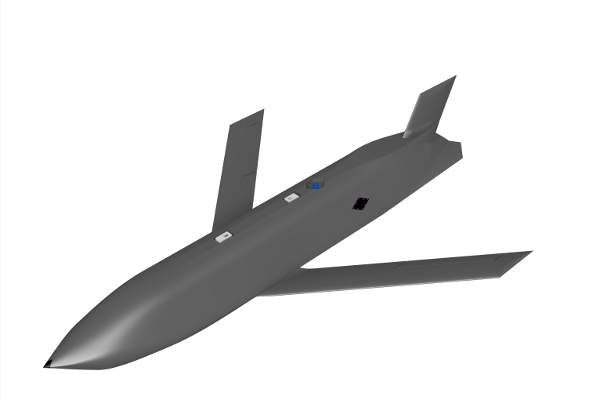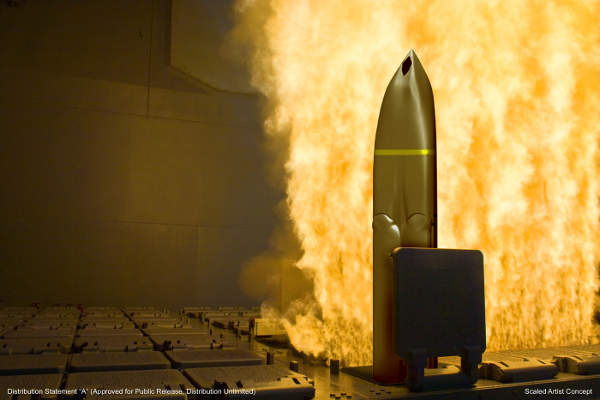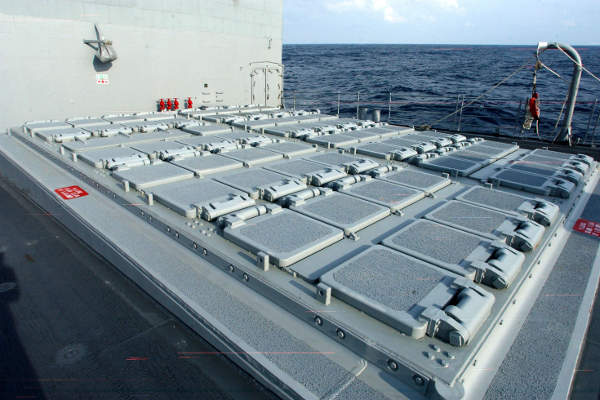The Long Range Anti-Ship Missile (LRASM) is an autonomous, precision-guided anti-ship stand-off missile. The LRASM is being developed by Lockheed Martin in collaboration with the US Defense Advanced Research Project Agency (DARPA) and Office of Naval Research (ONR).
The missile is developed based on JASSM-ER (Joint Air-to-Surface Standoff Missile-Extended Range). The proposed LRASM is to be offered for the US Navy and the US Air Force war fighters.
The engineering design and development contract of the LRASM programme was awarded to Lockheed Martin. The first phase of the development was completed successfully and second phase is currently in progress.
Lockheed Martin, on behalf of DARPA, is preparing to conduct flight tests on the LRASM in 2013 and 2014. The LRASM is expected to enter into serial production in 2015.
Long Range Anti-Ship Missile development
The LRASM development programme was jointly initiated in 2008, by the DARPA and ONR, to penetrate more sophisticated air defence systems of enemies from long range.
The development programme is planned in two phases; the study and design phase (phase one), and the demonstration phase (phase two). The nine month first phase of the project includes the complete concept development, primary design, cost estimation and analytical support for the development. The 27-month second phase covers detailed design, critical design review (CDR), material procurement, fabrication, integration and testing.
DARPA/ONR selected three contractors for the LRASM development programme. Lockheed Martin Missiles and Fire Control Strike Weapons located in Orland was selected for LRASM-A prototype demonstration. Lockheed Martin Missile and Fire Control Tactical Missiles, based in Grand Prairie, is responsible for LRASM-B prototype weapon system demonstration. BAE Systems, Information and Electronic Systems Integration, based in Nashua, was selected for the design and development of onboard sensor systems.
Each division of Lockheed Martin was awarded a $9.7m study contract by DARPA, for the design of the LRASM, in 2009.
Lockheed Martin was also awarded two demonstration phase contracts, totalling $218m, in January 2011. The first $60.3m contract received by the Lockheed Martin LRASM-A team involves the execution of two air-launched demonstrations, while the $157.7m second contract awarded to LRASM-B team includes four Vertical Launch System (VLS) demonstrations of LRASM for the US Navy.
Lockheed Martin conducted the first captive carry flight test of LRASM at various altitudes and speeds in July 2012. The flight test was conducted to find the LRASM’s ability to detect, classify and recognise targets.
In March 2013, DARPA awarded a $71m modification contract to Lockheed Martin for conducting additional air-launched LRASM flight test from a B-1B Lancer. Under the contract, the company also provides risk reduction efforts to test the electromagnetic compatibility of the missile and follow-on captive carry sensor suite missions.
LRASM variants
The LRASM programme is initially focused on the development of two variants, the LRASM-A and LRASM-B. The LRASM-A was designed based on Joint Air to Surface Stand-off Missile Extended Range (JASSM-ER) airframe, and includes added sensors and systems. The LRASM-B was designed for high-altitude and supersonic speed over stealthy penetration. The LRASM-B development was, however, cancelled by DARPA in 2012.
Mark 41 Vertical Launch System compatibility
The LRASM is designed to be launched by Mark 41 Vertical Launch System aboard most of the US Navy vessels and fixed wing aircraft.
It can be fired from outside direct counter-fire ranges with maximum possibility of target hit. The missile can fulfil warfighter needs for anti-surface warfare (ASuW) weapon capability.
The LRASM is designed to carry a 1,000lb penetrating blast fragmentation warhead.
The self-directed sensing, advanced signature control and dynamic response features allow the missile to approach targets, while defeating air defence systems.
Guidance and navigation of the LRASM
The LRASM is equipped with a multimodal radio-frequency sensor suite for detecting targets. It includes a weapon data link for better communication with operators, and an improved digital anti-jam global positioning system to discover and destruct multiple specific targets.
An electro-optical seeker installed in the missile provides positive object recognition and accurate targeting during the terminal phase of flight.
The on-board targeting systems installed on the LRASM help the missile autonomously obtain the target without the support of prior, precision intelligence, or other supporting services.
Global Missiles & Missile Defence Systems Market 2011-2021
This project forms part of our recent analysis and forecasts of the global Missiles & Missile Defence Systems market available from our business information platform Strategic Defence Intelligence. For more information click here or contact us: EMEA: +44 20 7936 6783; Americas: +1 415 439 4914; Asia Pacific: +61 2 9947 9709 or via email.
Related content
Aegis Ballistic Missile Defence (BMD) System, United States of America
Aegis Ballistic Missile Defence (BMD) system was developed by the Missile Defence Agency (MDA) in cooperation with the US Navy.
Harpoon Block II Anti-Ship Missile, United States of America
Harpoon Block II is an over-the-horizon, anti-ship missile manufactured by Boeing Defence, Space & Security.






.gif)




